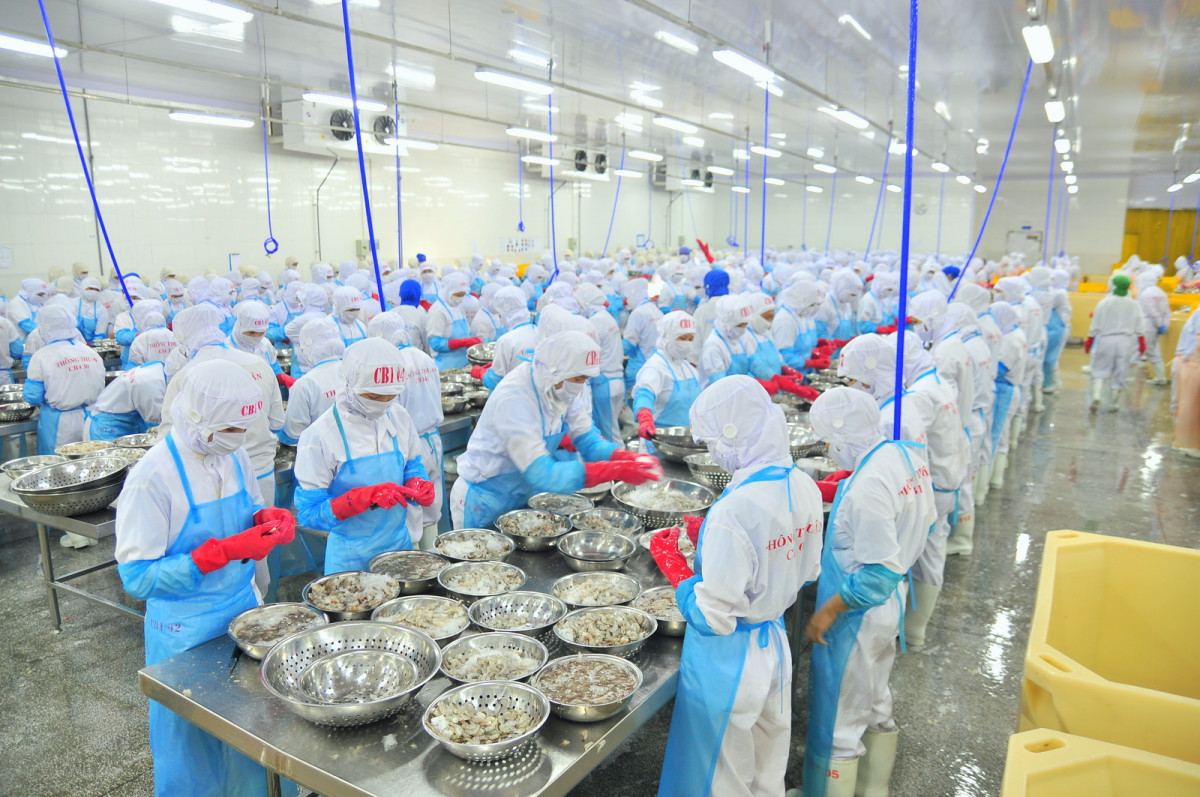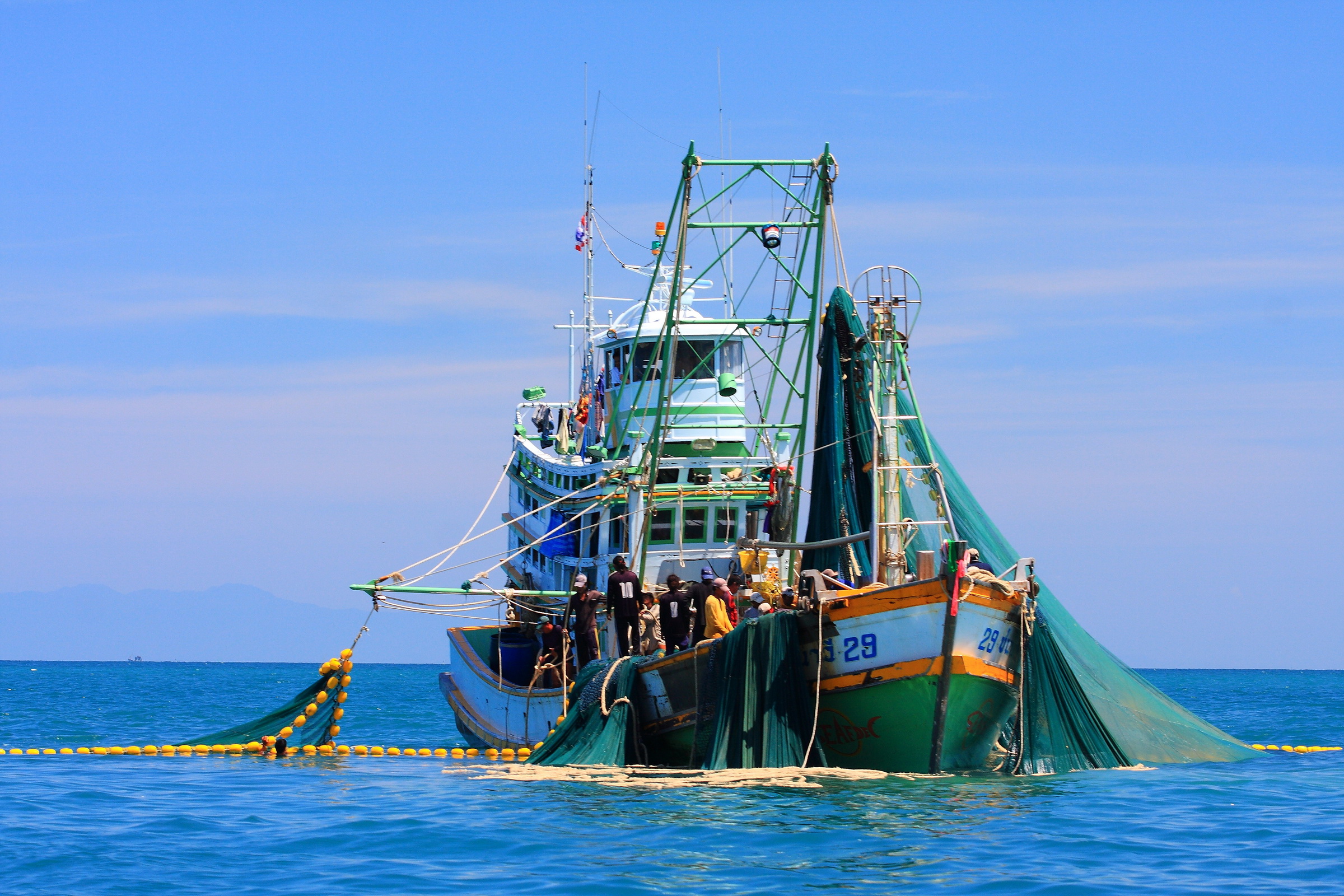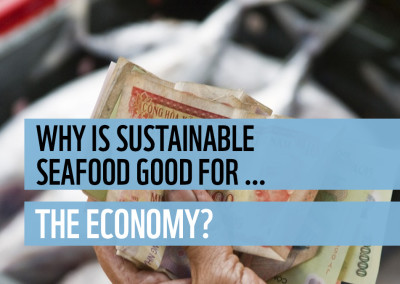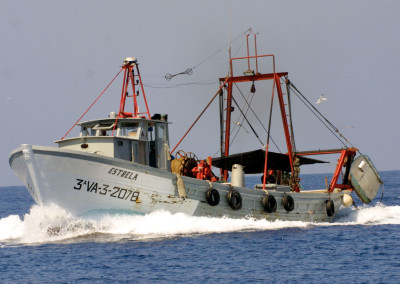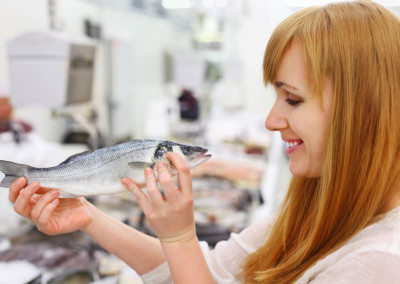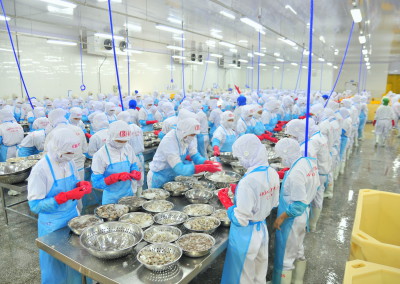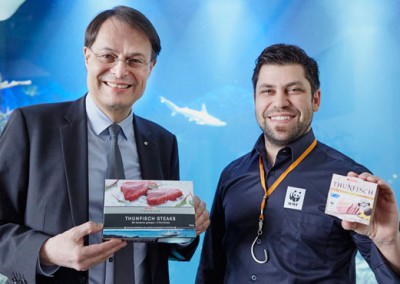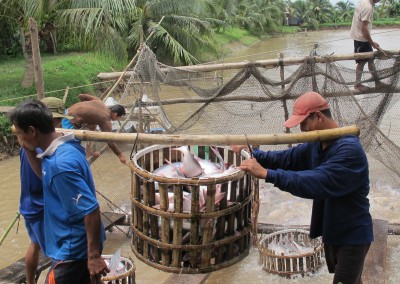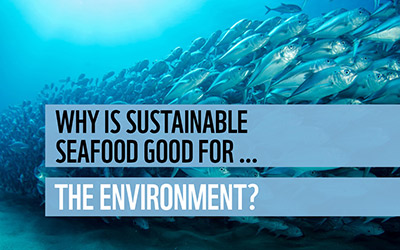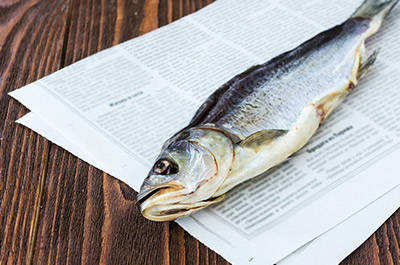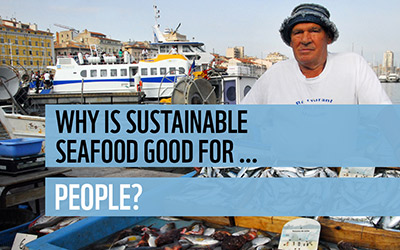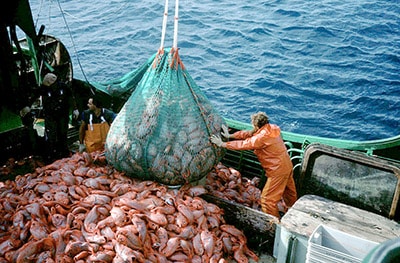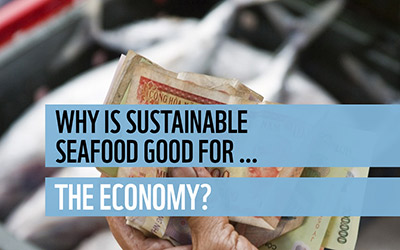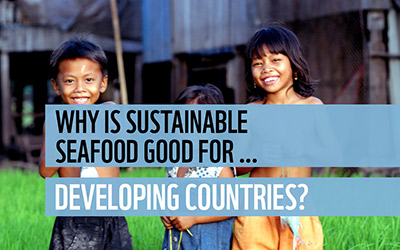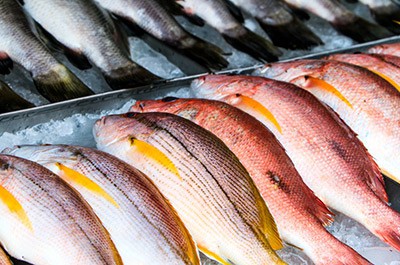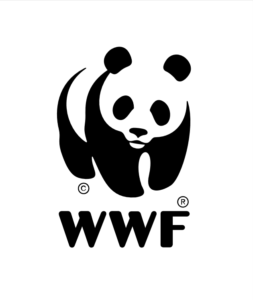A huge industry and its future
Fish and seafood are among the most traded goods in the world and are important for the food security of our planet.
On one planet, where over 800 million people are affected by malnutrition and the population is expected to grow by a further two billion by 2050 to 9.6 billion, food security is a huge challenge – especially where sustainability is concerned. [1]
Fish and seafood products play a central role in this. In the 1960s, average consumption was 9.9kg per person, per year; today this figure is more than 19kg. Over 90 million tonnes of fish are hauled out of our seas every year, [2] processed, sold and eaten. And the same again is produced in aquaculture. Due to this, a gigantic industry has built up around fish and seafood products, with an annual turnover of 2.9 trillion USD. [3]
The EU plays a role in this, as well as developing countries: the EU as the biggest importer and the developing countries as important exporters. 23% [4] of fish traded world-wide is imported in to the EU. Half of this comes from developing countries, which deliver 61% of exports world-wide [5] (according to indicated values). For around 36 million people in developing countries, [6] fishing provides nutrition but also employment and security and with that, the possibility to start a family and build an existence.
In 2011, a quarter of all fish caught was from 10 fish species. [7] It doesn’t seem surprising that these species (many types of anchovy, 2 types of tuna, herring, mackerel, horse mackerel and Alaskan salmon) are already fished to capacity, if not already overfished.
Giving fish stocks a chance to recover makes long-term financial sense. In doing so, production could be increased by 16.5 million tonnes in the medium-term – increasing turnover by 32 billion USD [8] – a real chance for developing countries to build a stable economy but only if we switch to sustainability now and secure long-term provision of fish and seafood.
show references for this article
[1] Food and Agriculture Organization of the United Nations (FAO). The State of World Fisheries and Aquaculture 2014. Rome. Page III. http://www.fao.org/fishery/sofia/en
[2] Food and Agriculture Organization of the United Nations (FAO). The State of World Fisheries and Aquaculture 2014. Rome. Page 5. http://www.fao.org/fishery/sofia/en
[3] Hoegh-Guldberg, O. et al. 2015. Reviving the Ocean Economy: the case for action – 2015. WWF International, Gland, Switzerland. Geneva, Page 16; http://wwfintcampaigns.s3.amazonaws.com/ocean/media/RevivingOceanEconomy-REPORT-lowres.pdf
[4] EUMOFA (European Market Observatory for Fisheries and Aquaculture Products). The EU Fish Market. 2014 Edition. Page 1; http://www.eumofa.eu/documents/guest/Yearly%20Highlights/The%20EU%20fish%20market_EN.pdf
[5] Food and Agriculture Organization of the United Nations (FAO). www.fao.org/news/story/en/item/214442/icode
[6] Food and Agriculture Organization of the United Nations (FAO) Fisheries Department. 2004. The state of world fisheries and aquaculture, 2004 . The state of world fisheries and aquaculture. http://www.fao.org/docrep/009/a0237e/A0237E07.htm
[7] Food and Agriculture Organization of the United Nations (FAO). The State of World Fisheries and Aquaculture 2014. Rome. Page 7. http://www.fao.org/fishery/sofia/en
[8] Food and Agriculture Organization of the United Nations (FAO). The State of World Fisheries and Aquaculture 2014. Rome. Page 7. http://www.fao.org/fishery/sofia/en















